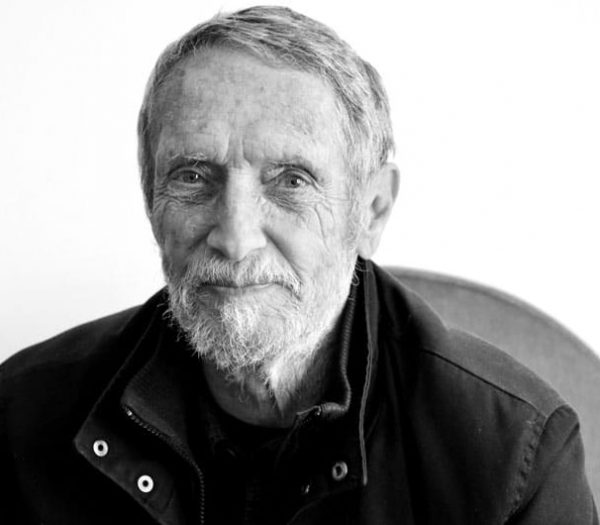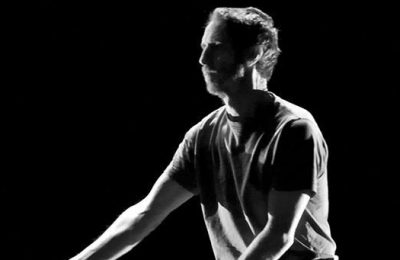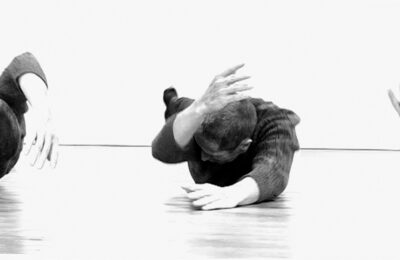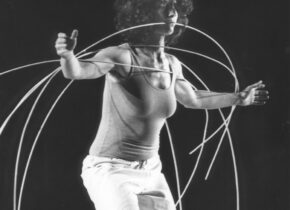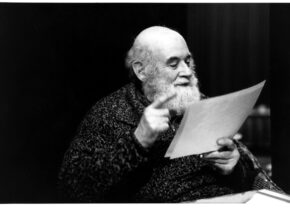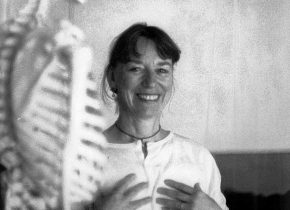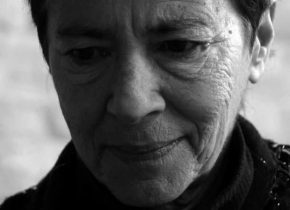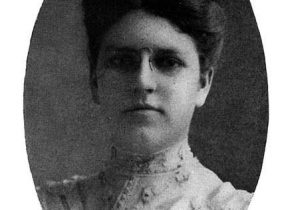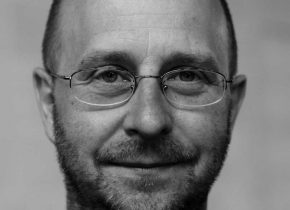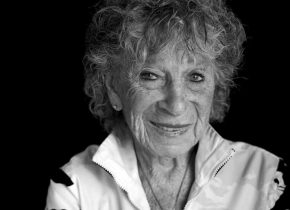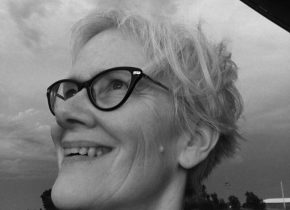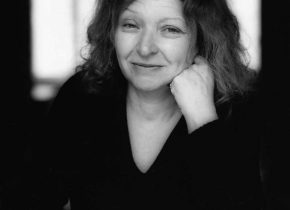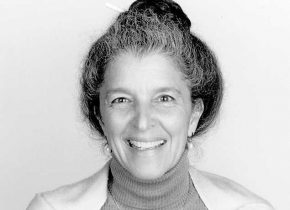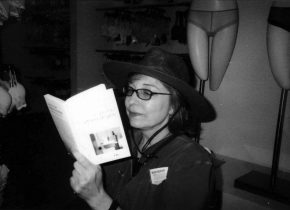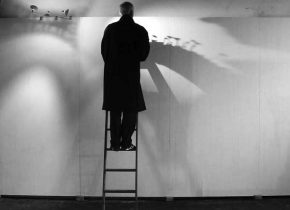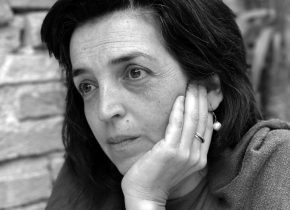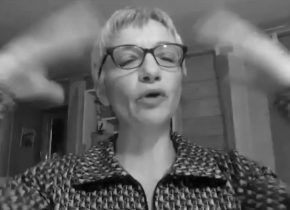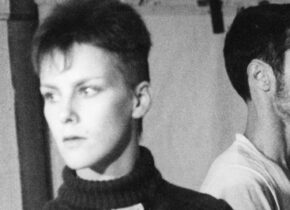In the 1960s, Paxton created work from pedestrian, everyday movement, including such intriguing early dances as Flat (1964), Satisfyin Lover (1967) and State (1968). In tune with his interest in science and technology, Paxton participated in Nine Evenings of Theater and Engineering in 1966, initiated by Billy Klüver, an engineer at Bell Labs, in association with Robert Rauschenberg. He was also a founding member of Grand Union (1970-1976), an improvisation collective reuniting several original Judson choreographers: Yvonne Rainer, David Gordon, Trisha Brown, with Douglas Dunn, Lincoln Scott, Barbara Dilley, and Becky Arnold.
In 1972, Paxton instigated Contact Improvisation, the physical basis of bodies moving in touch: the fluid give and take of weight, initiation, reflexes and innate physical empathy. Contact Improvisation went on to become an international network of dancers who convene to practice and publish news and research in the dance and improvisation journal Contact Quarterly, where Paxton has been a contributing editor since 1975. He founded Touchdown Dance with Anne Kilcoyne in England in 1986, offering dance to the visually impaired.

